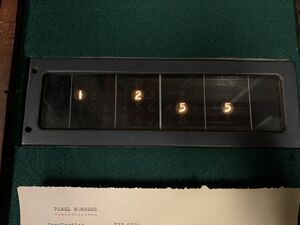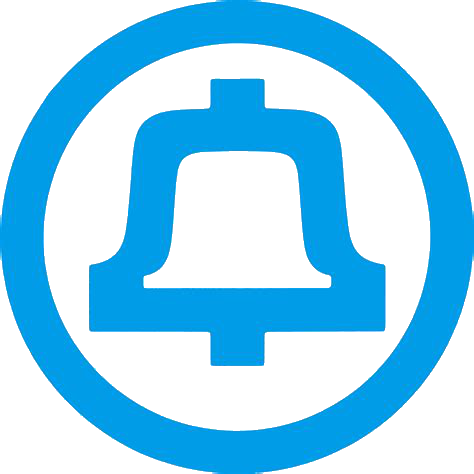Panel Call Indicator

Panel Call Indicator (PCI) was a signaling method used for sending telephone numbers from a panel office to a manual operator. The pulses were received in the manual office, and they caused numbered lamps to be illuminated at the operator's switchboard. The operator read these lamps, and inserted a plug-ended cord into a jack to complete the call to the desired subscriber. PCI could natively transmit 5 digits (4, plus a stations digit) or a full 7 digits, depending on the needs of the manual office.
History
In the early stages of development of machine switching systems, it was known that some calls would have to be placed from a machine switching subscriber to a manual subscriber. This might require the machine switching subscriber to dial a number, only to repeat it verbally to the manual operator in the called office. This was undesirable, because it forced the subscriber to repeat information that had already been given, and it introduced opportunities for errors. So, engineers set out to devise a system where a called telephone number could be displayed to an operator.
The earliest systems used revertive pulse for signaling. The pulses were used to operate power-driven sequence switches in the manual office. This solution was eventually discarded, because it was thought undesirable to have power driven equipment in each manual office. PCI was developed to eliminate the need for power driven equipment in manual offices, and also had the benefit of being a faster method of transmitting information than revertive pulse.
PCI was initially referred to as Relay Call Indicator (RCI), because this method used only relays, and no sequence switches. The name was eventually changed to Panel Call Indicator (PCI) by the end of the 1920s.
Panel Call Indicator was intended to be replaced as more and more offices converted to dial operation. However, from the 1930s, into the 1940s, it was used in some areas to transmit telephone numbers to toll or tandem switches. Because PCI could natively transmit a full 7 digit phone number (which revertive pulse could not), it was a natural fit for connecting panel and No. 1 Crossbar offices to tandem or toll points. PCI was eventually replaced by MF signaling for this purpose.
After the introduction of Direct Distance Dialing in the late 1950's, PCI was used once again in panel and No. 1 Crossbar offices. By this time, the standard method of signaling was MF pulsing, however the older panel and crossbar machines could not use this newer system. In order to keep them serving calls in the network, these offices were often outfitted with auxiliary senders, which enabled MF outpulsing. When using auxiliary senders, the original panel senders transmitted the called number into the aux senders (which were only a few feet away) as PCI digits, and then the aux senders decoded the PCI and transmitted MF pulses to the terminating office.
